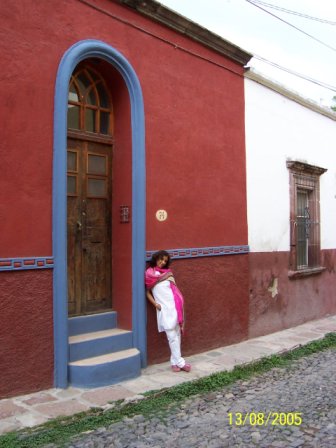For the past three weeks, the American media has analyzed and interpreted the Mumbai attacks in the context of global war on terror. While this approach is valid and important, it misses some interesting and potentially important regional perspectives.
Unlike Americans on 9/10/2001, Indians on 11/25/2008 were well-familiar with terrorism on their soil. This year alone, there have been attacks in four major cities. This is the fourth time that Mumbai has been attacked in the past 15 years, and each time the casualties have been as high (or almost) as this time. Indians are so used to terrorism that they distinguish between a variety of different forms of this phenomenon: there is terrorism driven by Naxalites (Maoist rebels), terrorism associated with separatist movements in the Northeast of the country, terrorism by right-wing Hindu groups, terrorism by Muslim groups, terrorism by Kashmiri groups, and then cross-border terrorism attributed to not only Pakistan, but also Sri Lanka and Bangladesh.
Even when viewed in this context however, the attacks of Mumbai were perceived as highly unusual. As others have already pointed out, they were extraordinarily well-planned, and this was the first time that terrorists had actively sought out foreigners on Indian soil in a high-profile attack. From the Indian standpoint however, the uniqueness of this attack also stems from the fact that it targeted upper-middle-class and affluent Indians. These citizens have seen incomes increase dramatically in the past 20 years and have typically tolerated government inefficiencies by relying on the growing private sector to meet almost every need. In secure homes, air-conditioned cars and new office buildings they successfully separated themselves from the realities of the majority and carved out a protected existence. This event was an awakening of sorts. This group was reminded that it only depends on the government for its security, but inadequate security could threaten its high-growth trajectory by wiping out the world’s confidence in
This aspect of the attack shaped the events that followed in very interesting ways. Indians of all religions and socio-economic backgrounds have come together in a very public way to voice their frustration with a polarized political system and inadequate security systems. They have also demanded action against
The Indian public’s reaction has also shaken up domestic politics. There have been numerous political resignations. Leadership positions have been shuffled to ensure a strong foundation for a new security agency. The so-called right-wing national opposition party – the BJP --- used the few days between the attacks and the state elections to sharpen criticism against the government and tap into the prevailing mood of fear and insecurity. Unfortunately, they probably went too far. The use of scare-tactics and divisive propaganda to tap middle-class vote appears to have back-fired. They lost three out of five states. As a result of these developments it is likely that the left-leaning Congress government will need to act quickly to placate public demand for tighter security systems, but will do this without compromising civil liberties or taking extreme action against
There is much to be learned from this example. The strength of India’s internal diversity and democracy, together with its unique form of religious secularism, appear to not only be fending off a crisis in South Asia but are also proving important insights into alternative ways of dealing with security threats in a democratic society. The American media should not ignore the internal dynamics of Indian democracy. The lessons are relevant in modern-day

1 comment:
Nice write up.
Liked the analysis in basic and practical terms in this talk,
http://fora.tv/2008/12/08/Making_Sense_of_the_Mumbai_Attacks
Post a Comment